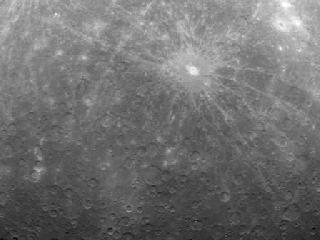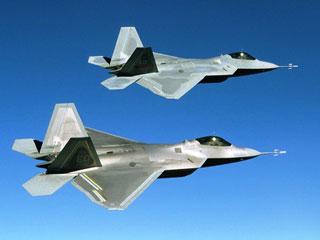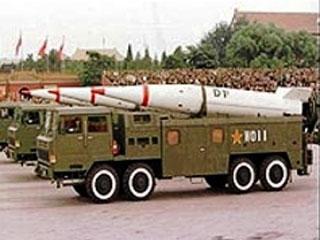
MESSENGER captured this historic image of Mercury which is the first ever obtained from a spacecraft in orbit about the Solar System's innermost planet. Photo by NASA/Johns Hopkins University Applied Physics Laboratory/Carnegie Institution of Washington.
WASHINGTON (BNS): NASA’s MESSENGER spacecraft has delivered the first images of Mercury since it entered the planet's orbit on March 17.
The MErcury Surface, Space ENvironment, GEochemistry, and Ranging, or MESSENGER, entered Mercury's orbit after completing more than a dozen laps within the inner Solar System during the past 6.6 years.
On Thursday at 5:20 am EDT (0920 GMT), this image was taken by the Mercury Dual Imaging System as the spacecraft sailed high above Mercury’s South Pole. Over the subsequent six hours, MESSENGER acquired an additional 363 images before downlinking some of the data to Earth.
The dominant rayed crater in the upper portion of the image is Debussy. The smaller crater Matabei with its unusual dark rays is visible to the west of Debussy. The bottom portion of this image is near Mercury's South Pole and includes a region of Mercury's surface not previously seen by any spacecraft.
The primary science phase of the mission will begin on April 4. In the course of the one-year primary mission, the spacecraft's seven scientific instruments and radio science investigation will unravel the history and evolution of the Solar System's innermost planet.
“Despite its proximity to Earth, the planet Mercury has for decades been comparatively unexplored,” said MESSENGER Principal Investigator Sean Solomon, of the Carnegie Institution of Washington.
“For the first time in history, a scientific observatory is in orbit about our solar system’s innermost planet. Mercury’s secrets, and the implications they hold for the formation and evolution of Earth-like planets, are about to be revealed,” he said.
 Previous Article
Previous Article Next Article
Next Article













The Indian Air Force, in its flight trials evaluation report submitted before the Defence Ministry l..
view articleAn insight into the Medium Multi-Role Combat Aircraft competition...
view articleSky enthusiasts can now spot the International Space Station (ISS) commanded by Indian-American astr..
view article